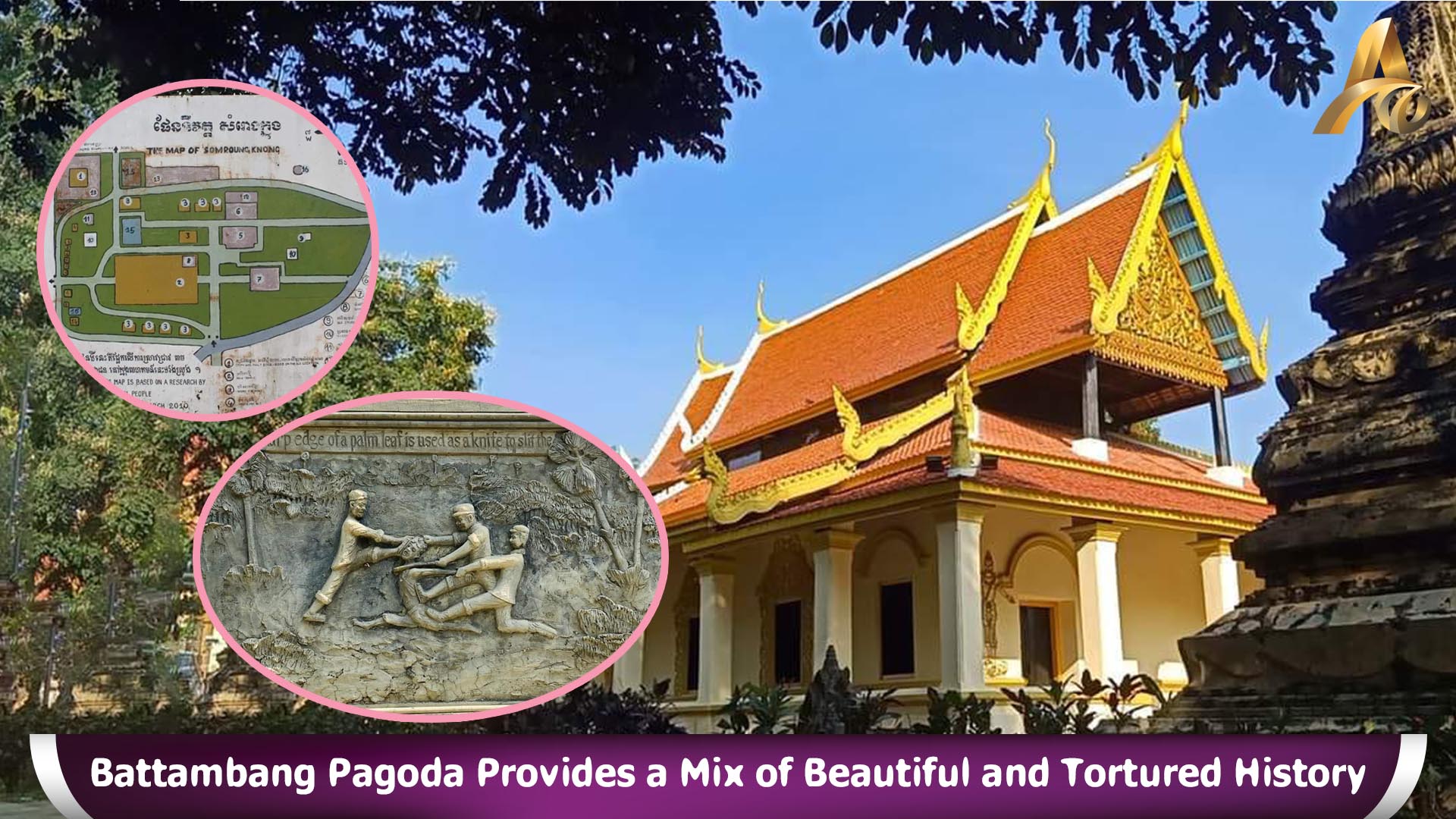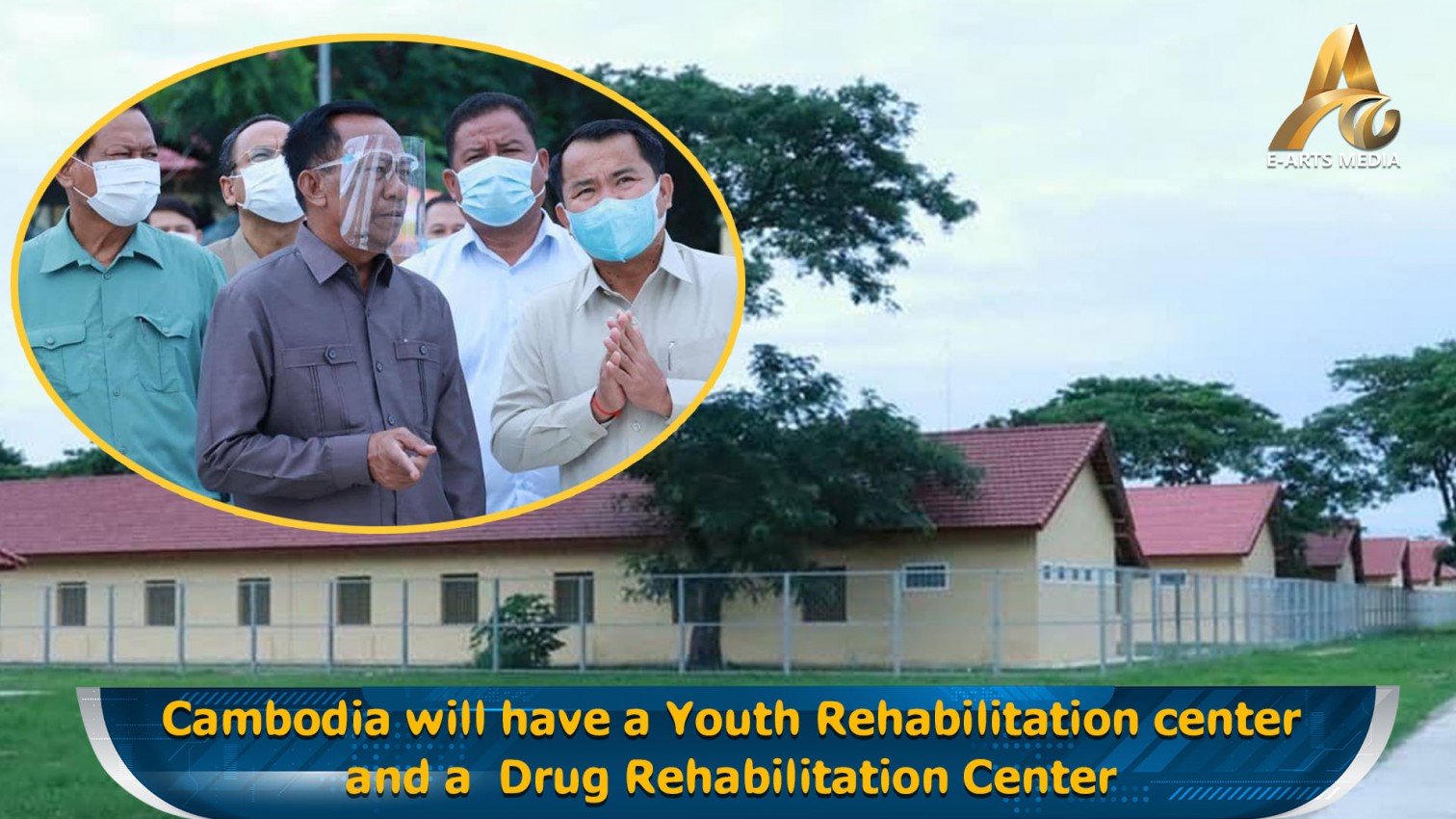BATTAMBANG: Wat Samrong Knong draws tourists from home and abroad who are interested in Cambodia’s ancient religious and modern political history. Established in 1707, it is the oldest pagoda in Battambang and is home to beautiful art, architecture and landscaping, which greatly contrast the grounds’ tragic history during the Khmer Rouge era.
Wat Samrong Knong features a historic pagoda that contains artwork dating back thousands of years. The pagoda is home to many buildings that have the potential to attract tourists, such as pagodas, temples from different eras, Buddhist shrines and statues, and decorative doors depicting Angkor Wat. The grounds also have a variety of tropical trees and flower gardens. The site is also known for its ornate pillars including octagonal ones covered with gold leaf built by skilled traditional craftsmen.
There is a much darker side to the pagoda’s history, however, which is depicted on bas-relief concrete tiles called “The Well of Shadows.” The violent scenes are narrated in English and detail the barbaric crimes of the Khmer Rouge against its own people. The tableaux surround a stupa, or Buddhist shrine, which contains ashes and 1,008 skulls of victims exhumed from mass graves near the site. According to the Battambang Department of Tourism, the pagoda is considered a killing field because the old temple was used as a prison and killing grounds. The site houses former interrogation buildings and torture rooms that remind visitors of the atrocities committed on the sacred ground. to hate the war and to dedicate to the souls of those who lost their lives at that time. Wat Samrong Knong was liberated on January 13, 1979 after the fall of the Khmer Rouge regime. There are a total of 100 graves around the monument today.

































